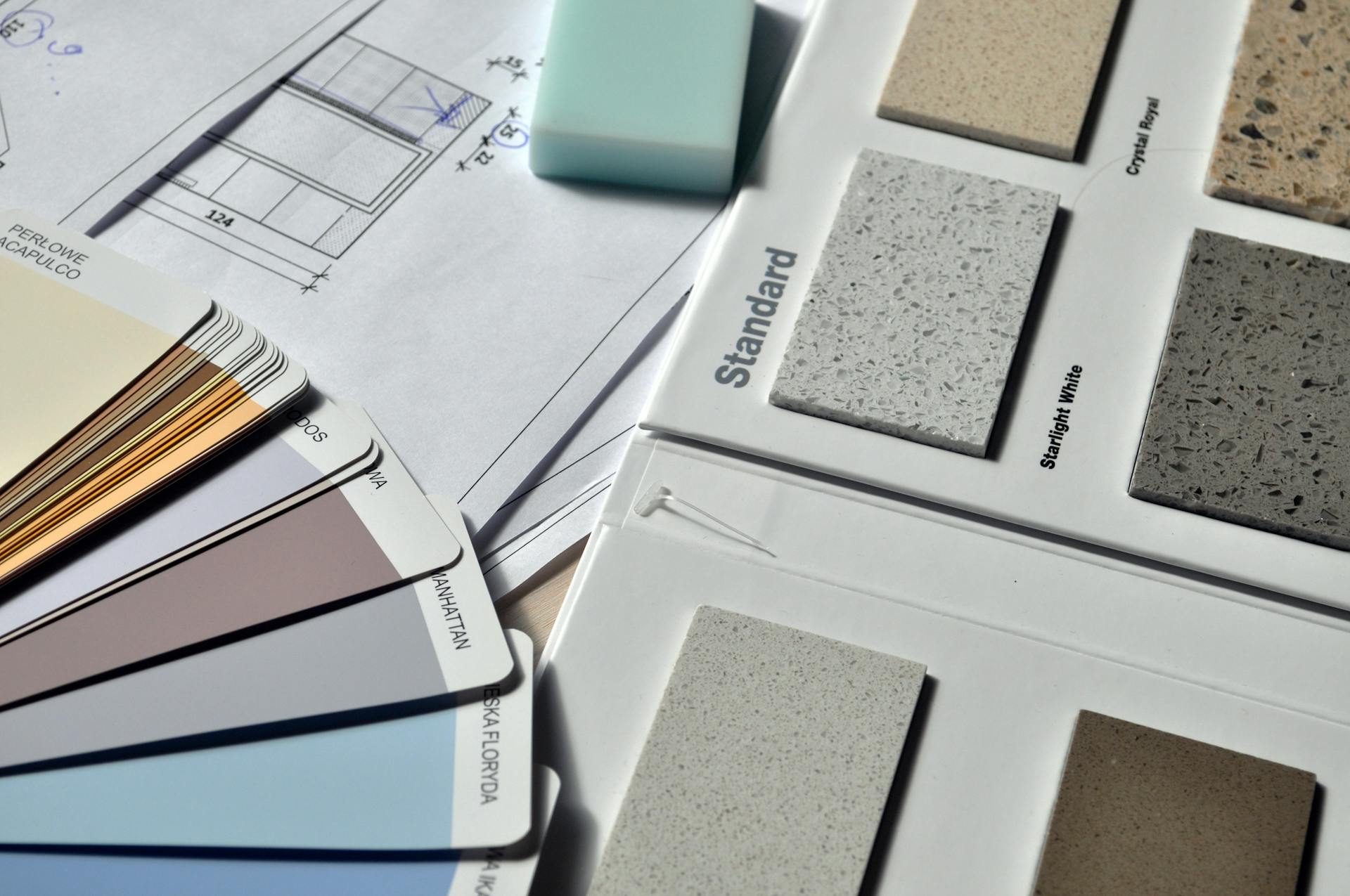

Question: What is the Most Expensive Part of Building a House?
Answer: The most expensive part of building a house is typically the construction costs, including materials and labor. Other significant expenses may include land acquisition, design fees, permits, and any specialized features or finishes.
What is the Most Expensive Part of Building a House? Breaking Down the Costs
Building a custom home offers the opportunity to personalize your living space, but it also comes with significant financial considerations. Understanding the most expensive aspects of construction empowers you to make informed decisions and prioritize your budget effectively. This article explores the top contenders for the title of "most expensive part of building a house" and offers insights into managing these costs. [ 1 ]
The Contenders: Where Does Your Money Go?
Land Acquisition:
The cost of the land itself is often the single most expensive element. Location, size, and features like topography or proximity to amenities significantly influence the price tag. Securing a desirable lot sets the foundation for your budget.Construction Costs:
This broad category encompasses various expenses, including building materials, labor costs, and equipment rentals. The overall size and complexity of your design, along with the quality of materials you choose, all play a significant role in determining the construction cost.Financing Costs:
Securing a mortgage or construction loan incurs interest charges that add to the overall project cost. Carefully evaluating loan options and terms helps minimize financing expenses.
Please visit this page to learn more about real estate agents in Orangeville
Related Article: What are the Benefits of Custom Home Building?
Related Article: How to Budget for a Custom Built Home?
Delving Deeper: A Breakdown of Construction Costs
Structural Components:
The framework of your home, including the foundation, walls, and roof, forms the backbone of the structure. These elements require substantial materials and skilled labor, contributing significantly to the overall construction cost.Mechanical, Electrical, and Plumbing (MEP) Systems:
These hidden yet vital systems ensure your home’s functionality and comfort. Plumbing, electrical wiring, heating, ventilation, and air conditioning (HVAC) systems all require specialized materials and installation expertise, impacting the budget.Finishes and Features:
The elements that personalize your home’s interior and exterior, like flooring, cabinetry, countertops, lighting fixtures, and appliances, can vary greatly in cost. High-end finishes naturally elevate the overall price tag.
Prioritization and Cost Management: Optimizing Your Budget
Prioritize Needs Over Wants:
Distinguish between essential features and desired amenities. Allocate your budget towards necessities like a solid foundation and functional layout, while carefully considering the impact of additional features on the cost.Material Selection:
Building materials come in a range of options, offering a balance between aesthetics, durability, and cost. Explore different materials and their price points to find a balance that meets your needs and budget.Value Engineering:
Collaborate with your architect and contractor to explore value engineering opportunities. This involves finding alternative materials or design solutions that maintain functionality while reducing construction costs.
Location, Location, Location: Land Cost Considerations
Urban vs. Rural:
Land prices are typically higher in urban areas compared to rural settings. Consider your lifestyle preferences and budget when choosing a location.Lot Size and Topography:
Larger lots and those with challenging topography can require additional site preparation work, adding to the cost. A smaller, more level lot may offer some cost savings.Development Costs:
Depending on the property’s condition, additional expenses may arise for services like land clearing, grading, or installing utilities. Investigate these potential costs upfront.
Financing Strategies: Managing Loan Costs
Shop Around for Rates:
Compare mortgage and construction loan options from various lenders to secure the most competitive interest rates and terms. A lower interest rate translates to significant savings over the loan term.Consider a Down Payment:
A larger down payment reduces the loan amount you need to borrow, leading to lower monthly payments and potentially a more favorable interest rate.Explore Government Programs:
Certain government programs may offer incentives or assistance for first-time homebuyers or those building energy-efficient homes. Research available programs in your area.
Click for more information about Jennifer Jewell
Conclusion
Building a custom home is an exciting endeavor, but careful financial planning is crucial. By understanding the most expensive aspects of construction and employing cost-management strategies, you can make informed decisions, prioritize your budget, and turn your dream home into a reality. A well-defined budget, coupled with smart planning and an awareness of potential cost drivers, empowers you to navigate the building process with greater financial confidence.
References
1. https://www.linkedin.com/pulse/what-most-expensive-part-building-house-glorious-builders


